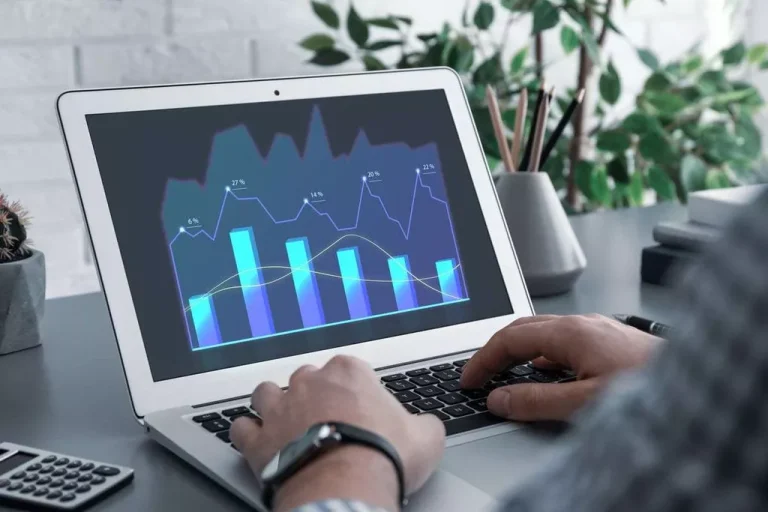Crypto Spot Buying And Selling Vs Margin Trading Whats The Difference?
Platforms like Trader Lidex 0.8 supply instruments and resources to help you navigate each spot and margin trading effectively, making certain you make knowledgeable and assured buying and selling choices. Spot trading and margin buying and selling serve completely different purposes in the crypto market, each with unique Digital asset management benefits and dangers. Spot buying and selling is right for many who prefer decrease danger and long-term ownership, while margin trading caters to skilled merchants seeking higher returns and short-term alternatives.
Let’s check out an instance of a dealer who purchased $1,000 value of Ethereum (ETH) at a value of $1,000 (i.e., they bought 1 ETH), and subsequently, the worth rose 10% to $1,100. The dealer should provide you with $35 by either promoting some ETH or placing in more of their very own cash so as to spot vs margin trading convey the fairness back up to the margin requirement. If they fail to meet the margin name, then the trade or buying and selling platform can forcibly promote the ETH within the account to assist pay down the mortgage.

As you gain experience and knowledge, you might need to adapt your trading strategy to capitalize on new alternatives or handle rising risks. Spot trading refers again to the direct change of 1 digital asset for an additional or for fiat foreign money at the current market fee. Centralized exchanges (CEXs) are operated by a centralized authority or company that oversees transactions, ensures safety, and maintains customer funds.
Pros And Cons Of Spot Buying And Selling

Given the instant nature of spot trading, a dealer should have the full quantity of funds to pay for the trade. In spot buying and selling, you pay the exchange a trading charge, usually starting from zero.1% to 2%, depending on the exchange and your funding measurement, as bigger buyers usually receive better rates. However, the potential rewards are much greater than those of spot trading, with the chance and reward scale in crypto margin trading typically ranging between occasions. Margin buying and selling allows traders to borrow funds from another dealer or third-party to take larger positions by leveraging on the borrowing power.
Variations Between Spot Trading And Margin Buying And Selling
Moreover, it serves merchants who are snug with the volatility and potential for speedy market shifts inherent to leveraged trading. Spot buying and selling, on the opposite hand, is broadly out there on most cryptocurrency exchanges and is accessible to traders of all expertise ranges without the need for margin accounts or borrowing funds. Both spot and margin trading supplies access to cryptocurrency markets, but margin trading presents enhanced market entry via leverage. Margin buying and selling providers permit massive investments with small funds, maximising income by shopping for long or selling brief. It may be worthwhile even in sluggish crypto markets or value drops but requires high risks of amplified losses or pressured liquidation.
- During liquidation, the exchange routinely closes your place and sells your collateral to repay the lenders, who want their principal and any interest owed to them.
- Traders can either purchase cryptocurrencies using fiat currencies (e.g., US dollars) or commerce one cryptocurrency for another.
- Also, with no margin calls, the trader does not face the risk of getting to put in more of their own funds and doubtlessly losing greater than what they have already got of their account.
- When partaking in margin trading, merchants are required to keep up a sure amount of fairness in their trading accounts, generally known as the margin requirement.
- This article will evaluate the pros and cons of spot vs. margin trading to help you commerce cryptocurrencies successfully.
The quantity of leverage that can be utilized varies throughout different exchanges and buying and selling platforms. Spot buying and selling offers a simple and clear course of, making it a gorgeous alternative for numerous buyers. Since transactions are settled instantly, buyers have complete possession of the monetary instruments, eliminating any considerations about borrowed funds or interest payments. This quick possession reduces the financial exposure inherent in market fluctuations, making spot trading perfect for many who favor a conservative approach.
They often present a user-friendly interface and superior buying and selling tools, making them an attractive choice for beginners and experienced traders alike. However, they are often vulnerable to hacks and regulatory scrutiny, which can pose dangers to customers’ funds. Margin refers to the collateral that traders should maintain of their margin accounts to help their leveraged positions. Margin requirements ensure that merchants have adequate funds to cover potential losses and mitigate the danger of default. Margin trading carries the risk of margin calls or liquidation if the market moves unfavorably, potentially resulting in vital losses exceeding the trader’s initial investment. Margin trading is a method of buying and selling that includes borrowing funds from a dealer or change to amplify the dimensions of a trading place.
The instant settlement and possession of property also make it a straightforward technique, suitable for these new to trading or those averse to greater risk ranges. Spot and margin trading are popular cryptocurrency funding strategies, every with its own risks and advantages. Spot buying and selling is less dangerous because of a scarcity of mortgage agreements or leverage ratios, however traders must be vigilant to capitalise on worth fluctuations. Margin commerce permits skilled traders to maximise returns with larger positions but in addition carries larger risks as a result of market fluctuations and interest rates. For skilled merchants who’ve developed a stable understanding of market tendencies and volatility, margin trading is often a powerful software to amplify returns.
Spot buying and selling is a straightforward and transparent method for buying and selling crypto assets. It offers advantages corresponding to simplicity, immediate delivery, less risk, more liquidity, and more crypto choices. This strategy also provides cost-efficiency, clear regulations, anticipated profitability, and the ability to start transactions for any duration. At the beginning of their journey, merchants face numerous options when buying and selling crypto, selecting between spot trading and leverage buying and selling. Comprehending the variations between these two strategies is crucial for profitable buying and selling in unstable markets. This reduces risk publicity but also limits the revenue potential since there is no borrowing concerned.

Tamta’s writing is both professional and relatable, making certain her readers gain valuable insight and knowledge. Lower leverage ratios, similar to 2x or 3x, are safer and extra manageable, especially for less experienced traders. Margin trading is riskier as a end result of leverage, which amplifies both income and losses. Hedging is extensively used in all markets, not just crypto, to protect in opposition to huge losses. Given the volatility, it’s even more important in crypto markets than in stocks.
Products
Settlement sometimes happens a quantity of days after the trade date, and it allows time for the events to switch funds and cryptocurrency securely. In this text, you will discover a brief discussion about spot and margin trading in crypto area and key differences between them. Navigating the world of cryptocurrency buying and selling hinges on understanding spot and margin trading. The spot value is the present https://www.xcritical.com/ market price of an asset and, therefore, is the worth at which the spot commerce is executed.